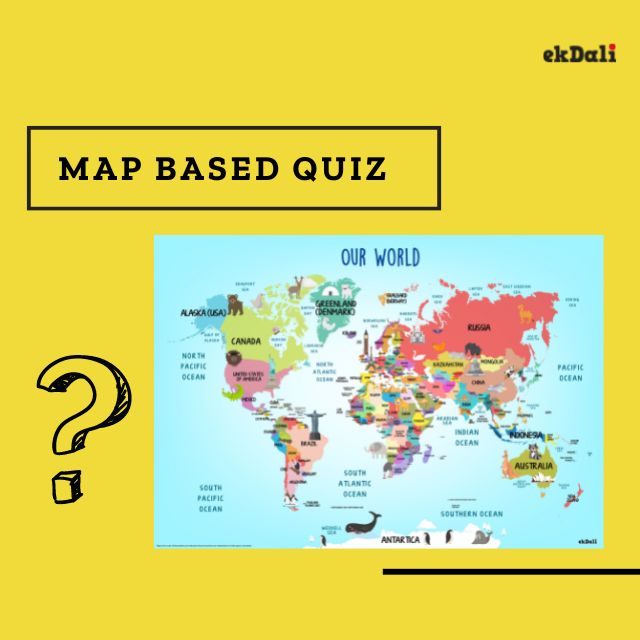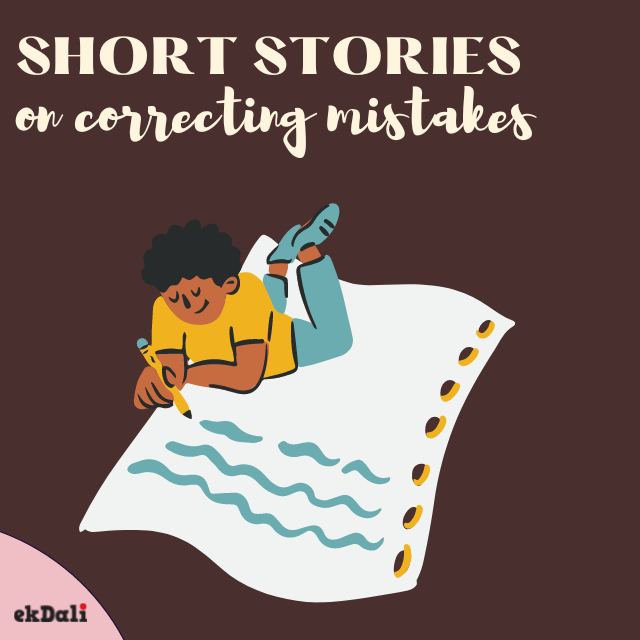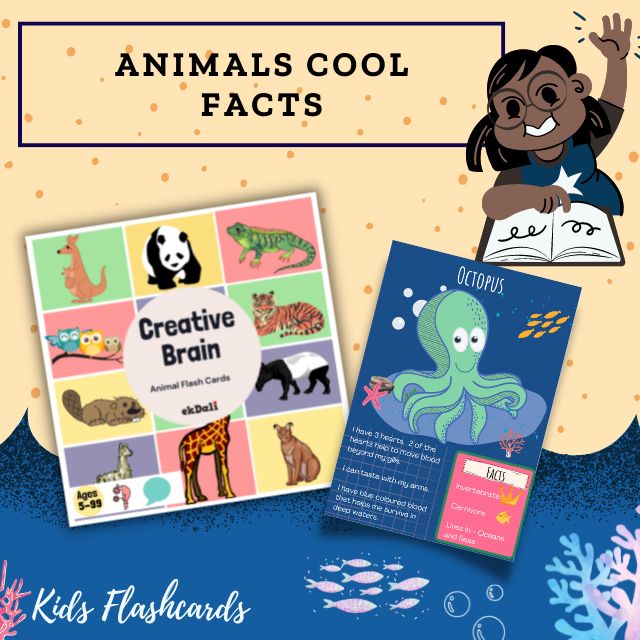The Flashcard in the above creative is part of the Creative Brain Animals of the world Flashcard box.
OCTOPUS FACTS FOR KIDS
- Octopuses are cephalopods, invertebrates that also include squid and cuttlefish. They have bulbous heads, large eyes, and eight very useful arms.
- An octopus has a hard beak, like a parrot beak, which they use to break into and eat their prey such as crabs and shellfish.
- Most types of octopuses live near the coast and make their homes in rocks and corals. They’re usually solitary so they live alone. Octopuses are also territorial and defend their living space against intruders.
- There are around 300 species of octopus, usually located in tropical and temperate ocean waters. They are divided into finned deep-sea varieties that live on the ocean floor and finless, shallow-water varieties found around coral reefs.
- Octopuses can squeeze into tight spaces as they are invertebrates, meaning they have no skeleton.
- The largest octopus is believed to be the giant Pacific octopus, Enteroctopus dofleini which weighs about 15 kg and has an arm span of up to 4.3 m.
- Adult octopuses eat crabs, snails, small fishes, and even other octopuses. They don’t eat humans, but their beak-like mouths can deliver a nasty bite and also inject venom. This venom is usually harmless to humans. But beware of the blue-ringed octopus, also called the blue octopus. The brightly colored, pint-sized predator lives in the Pacific and looks cute, but it can kill. The venom causes paralysis that stops breathing.
- Most people think that octopuses have eight arms. They have both feet and arms. Six limbs function as arms and two act more like legs, helping the octopus walk along the seabed and push off when swimming.
- Octopus brains are large and complex, with excellent long-term memory and problem-solving skills. And here’s a mind-boggling fact. They have nine brains. One central brain and eight mini-brains that each control one arm or leg. Their super-squishy bodies turn these cunning cephalopods into escape artists.
- When people are royalty, we say they have “blue blood”. Octopuses have blue blood because they contain a blue copper called hemocyanin, which helps them survive in low-oxygen water.
- Another defense is to make a fast escape. Octopuses can eject a thick, blackish ink in a large cloud to distract the predator while the octopus uses a siphon jet propulsion system to quickly swim away headfirst, with arms trailing behind.
- A last defense of the octopus is to shed a tentacle similar to how a gecko or lizard can discard a tale. An octopus can regenerate a lost tentacle.
- A female octopus lays around 200,000 eggs and spends all her time lovingly cleaning and protecting them. She’s so busy looking after her eggs, that she forgets to eat and dies of starvation shortly after they hatch. Octopuses usually live for 6 - 18 months.
- Octopuses have an excellent sense of touch, according to the World Animal Foundation. Their suckers have receptors that enable an octopus to taste what it is touching.
- Octopuses live in dens made of rocks, and they’re amazing builders. They use their powerful arms and suckers to move rocks into place. And they can even build a “rock door” that pulls closed when the octopus is home. They’re pretty grumpy loners. Octopuses even scatter rocks and shells to hide in their den.
|
FOOD |
CRABS, CLAMS, SNAILS, FISHES |
|
GENDER NAMES |
MASCULINE-OCTOPUS, FEMININE-OCTOPUS |
|
YOUNG ONES |
LARVAE |
|
COLOUR |
BROWN, GREY, PINK, GREEN, BLUE |
|
SIZE |
LENGTH: 1.3 MTRS WEIGHT: 9.9 KG |
|
LIVES IN |
OCEANS |
HERE IS A FUN QUIZ ABOUT OCTOPUSES, THAT YOU CAN ATTEMPT. THIS IS BASED ON WHAT YOU HAVE READ SO FAR.
- How many brains does an Octopus have?
- Why does an octopus eject thick, blackish ink in a large cloud?
- What component is responsible for the blue blood in an octopus?
- How many arms and legs does an octopus have?
- How are Octopuses able to squeeze into tight spaces?
- Name the giant Octopus?
- How do octopus build their dens?
- What are the young ones of an octopus called?
ANSWERS TO THE QUIZ
- They have nine brains: One central brain and eight mini-brains that each control one arm or leg.
- To distract the predator while the octopus uses a siphon jet propulsion system to quickly swim away headfirst.
- The component is Blue copper called hemocyanin.
- Six limbs function as arms and two act more like legs.
- Octopuses can squeeze into tight spaces as they are invertebrates, meaning they have no skeleton.
- The giant Pacific octopus, Enteroctopus dofleini.
- They use their powerful arms and suckers to move rocks into place.
- The young ones of an Octopus is a called Larvae.
Products Related to this Post
Creative Brain Animals of the World Flashcard
Spot the Landmarks World map with Monuments and Animals
ABOUT THE AUTHOR:
Saffura is a mother of three. She is a yoga instructor and has spent a lot of time teaching yoga for children. She narrates numerous stories to inculcate moral values in children, as she is certain that yoga is for the body and soul. As a mother and yoga instructor, She enjoys new tasks and likes multitasking. She truly believes that will mould her into a strong writer. As a writer she does a lot of research and pays keen attention to details.
























